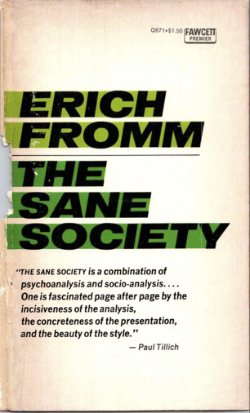By United States. Federal Emergency Management Agency
From the document: "This Nuclear Detonation Response Guidance: Planning for the First 72 Hours (herein, 'the 72-Hour Nuclear Response Guidance') delineates Missions and Tactics that should be executed by first responders, emergency managers, and other state, local, tribal, and territorial (SLTT) response organizations during the first minutes, hours, and days following a nuclear detonation in or near their jurisdiction. The document includes guidance on how to protect the lives of first responders and the public, develop a common operating picture, establish a coordinated multi-jurisdictional response, and prepare for the integration of support arriving from other jurisdictions, states, and federal agencies across the country. This guidance is intended to be implemented by the jurisdiction(s) where a detonation occurs, as well as those surrounding jurisdictions that are less affected and will mobilize to provide support."
United States. Federal Emergency Management Agency. 2023. 104p.





















